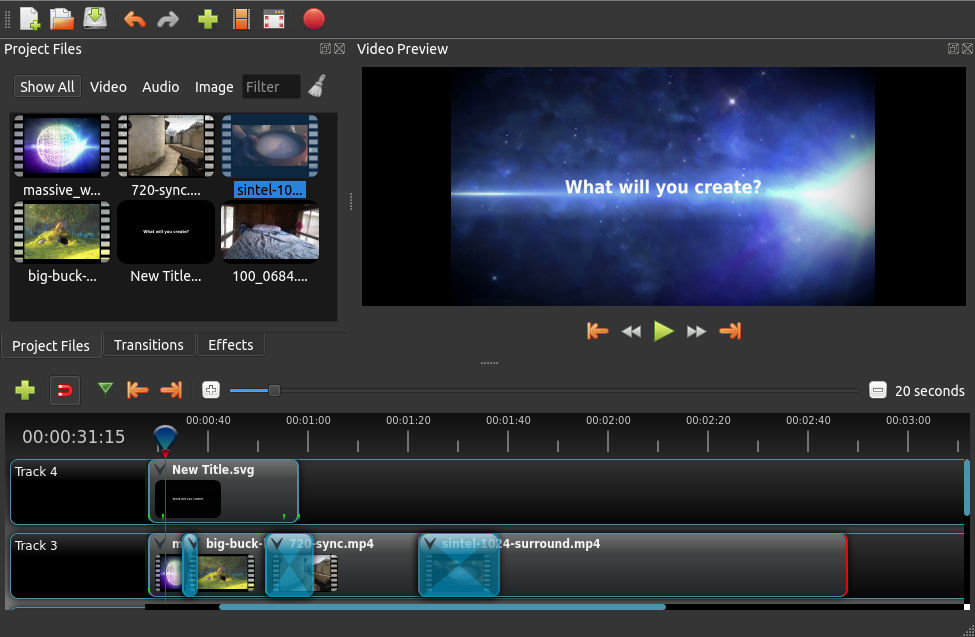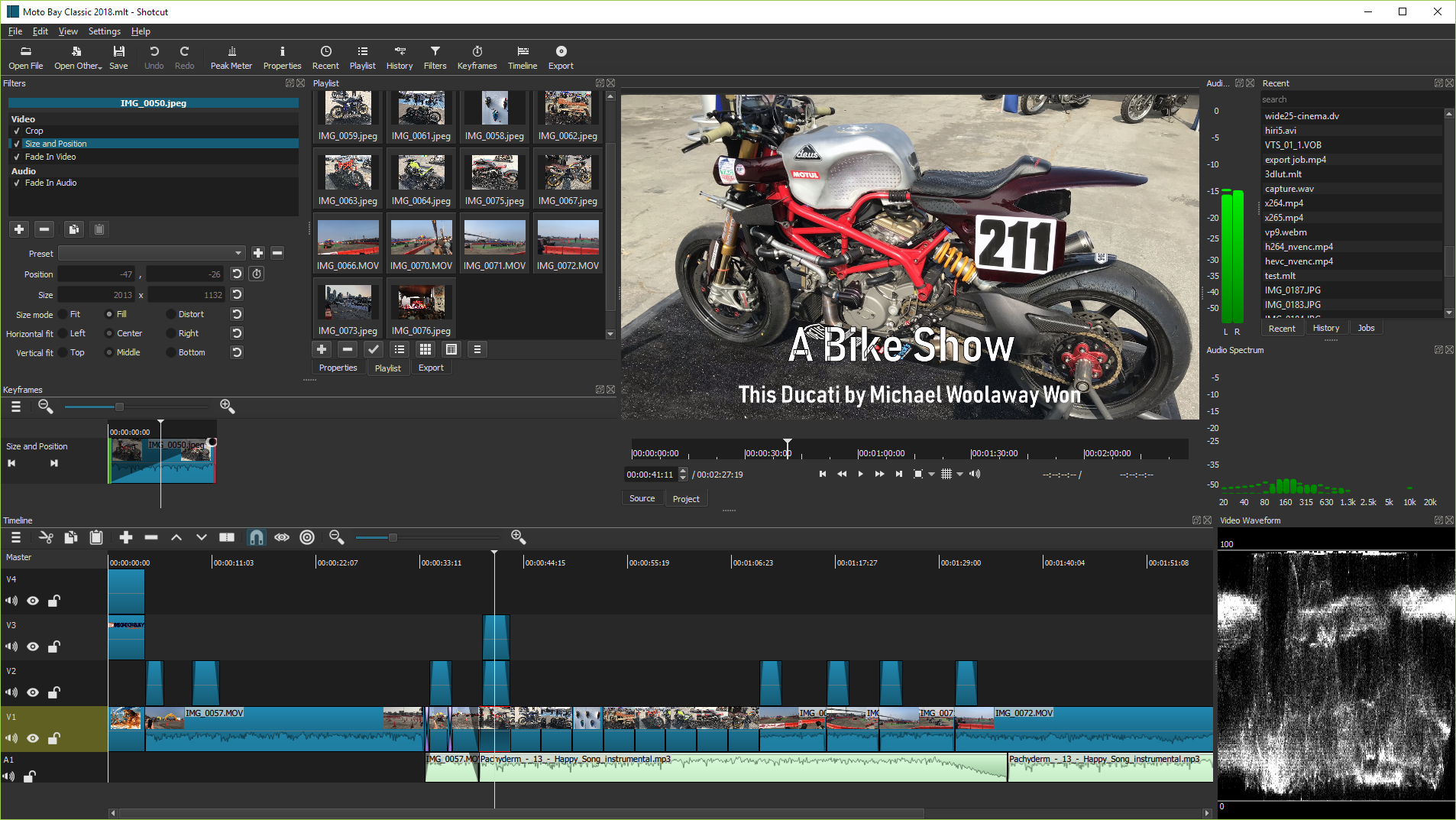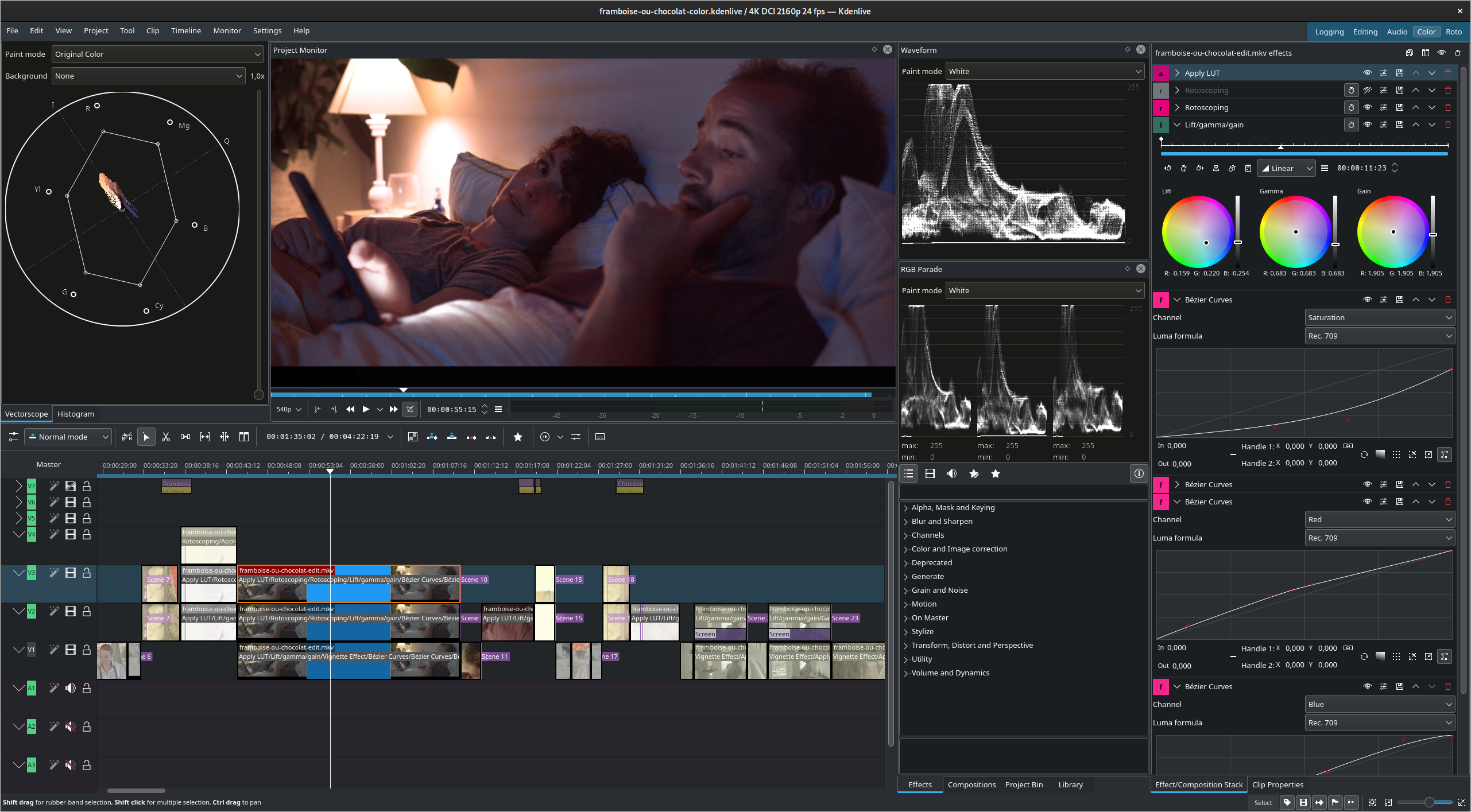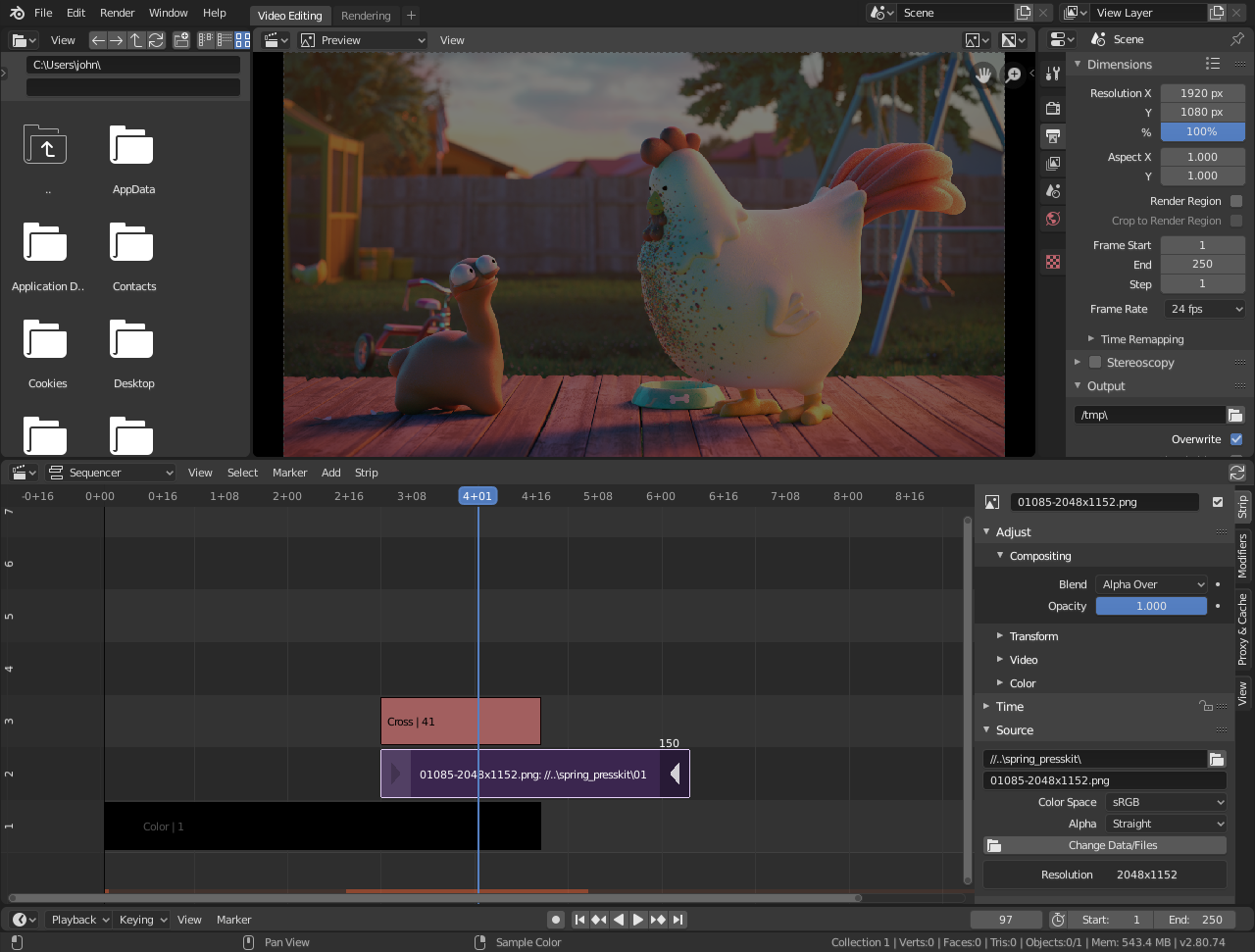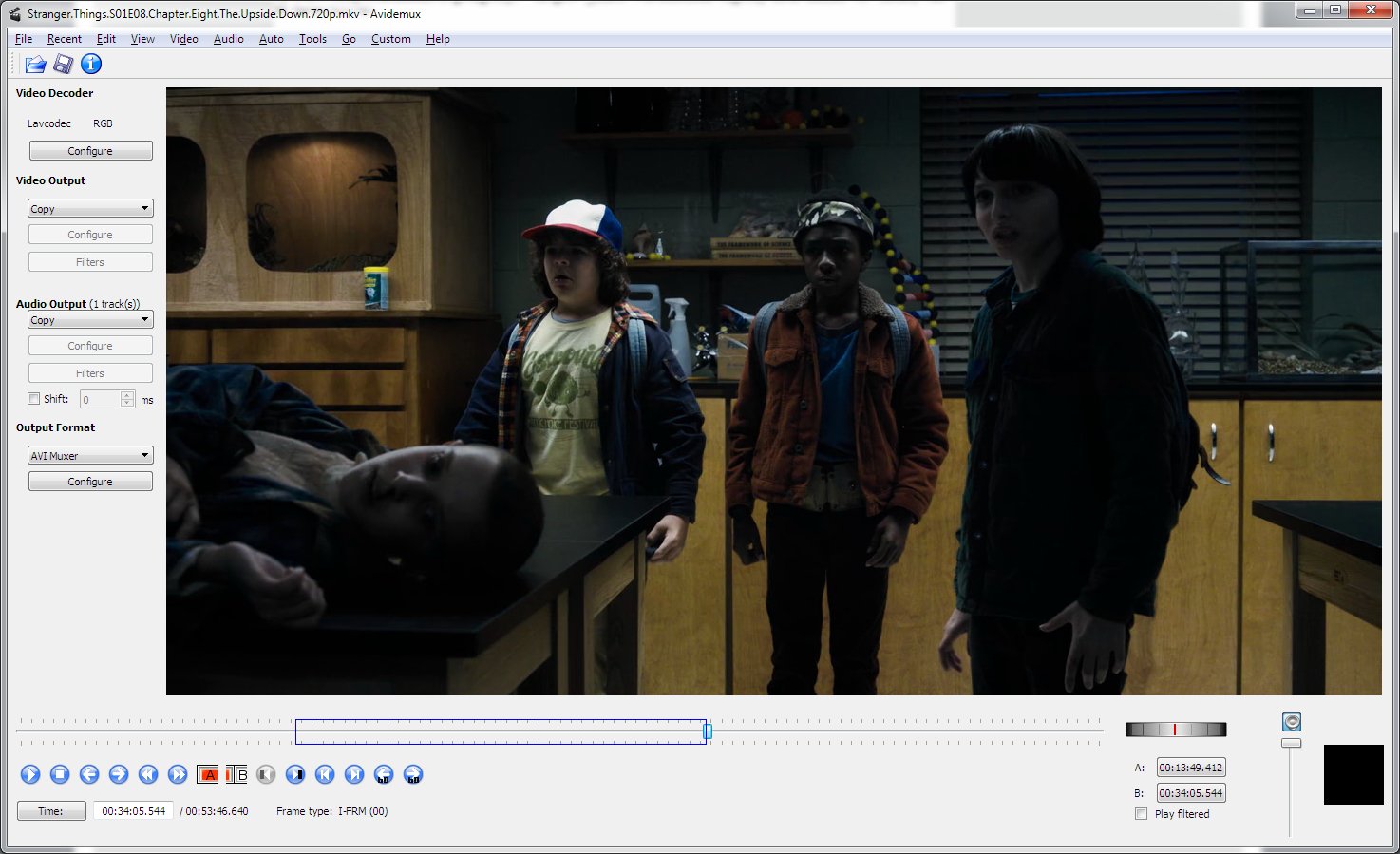The latest Need for Speed game is titled "Need for
Speed Heat," and it was released on November 8, 2019, for Microsoft
Windows, PlayStation 4, and Xbox One. The game was developed by Ghost Games and
published by Electronic Arts.
In "Need for Speed Heat," players take on the role
of a street racer in the fictional open-world city of Palm City. The game
features both day and night racing, with players earning reputation points and
money by competing in races, completing challenges, and performing stunts.
One of the key features of "Need for Speed Heat"
is the "Heat" system, which represents the player's wanted level.
During the day, players can participate in sanctioned races and events, but at
night, they must avoid the police while participating in illegal street races
and other activities. The higher the player's Heat level, the more aggressive
the police response becomes.
The game also features a wide variety of customization
options, allowing players to modify their cars with different paint jobs, body
kits, and performance upgrades. The game features over 120 different cars from
33 manufacturers, including exotic supercars, muscle cars, and off-road
vehicles.
In addition to the main story mode, "Need for Speed
Heat" also includes online multiplayer, allowing players to compete
against each other in races and other challenges. The game also features a
companion app, allowing players to customize their cars and manage their garage
from their mobile devices.
Overall, "Need for Speed Heat" has received mixed
reviews from critics and players. Some have praised the game's open-world
environment and extensive customization options, while others have criticized
the game's repetitive gameplay and lack of innovation. However, the game
remains popular among fans of the racing game genre and has sold well since its
release.
